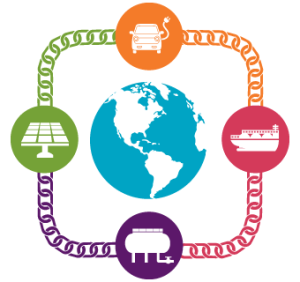The Energizer – Volume 41

A biweekly update on blockchain technology applications, distributed energy resources, and other innovative technologies in the energy sector.
By: Buck B. Endemann, Benjamin L. Tejblum, Daniel S. Cohen, Toks A. Arowojolu, Olivia B. Mora, Abraham F. Johns
There is a lot of buzz around blockchain technology, distributed energy resources (“DERs”), microgrids, and other technological innovations in the energy industry. As these innovations develop, energy markets will undergo substantial changes to which consumer and industry participants alike will need to adapt and leverage. Every other week, K&L Gates’ The Energizer will highlight emerging issues or stories relating to the use of blockchain technology, DERs, and other innovations driving the energy industry forward.
To subscribe to The Energizer, please click here.
IN THIS ISSUE:
- Ovo Invests in Electron’s Distributed Flexibility Marketplace; Saudi Aramco Launches Blockchain Pilot Program.
- Puerto Rico Energy Commission Looks to Microgrids to Promote Electric Grid Resilience.
- The Puerto Rico Energy Public Policy Act: 100% Renewable Energy Electric Grid by 2050
To view more information on these topics in Volume 41 of The Energizer, click here.

